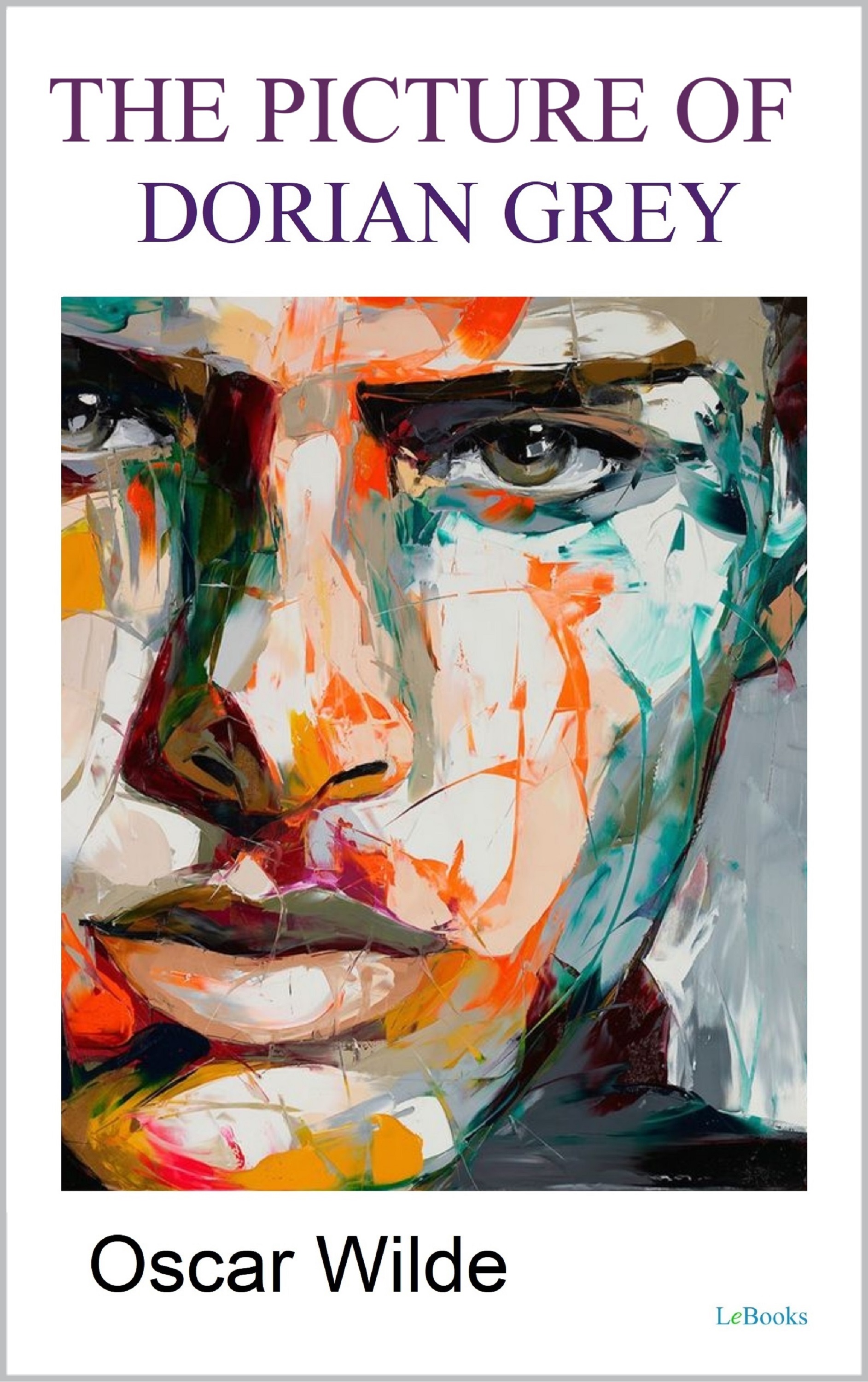
The Picture of Dorian Gray by Oscar Wilde is a profound exploration of vanity, morality, and the consequences of unchecked hedonism. The novel follows Dorian Gray, a young man whose extraordinary beauty is immortalized in a portrait. Under the influence of Lord Henry Wotton, Dorian embraces a life of pleasure and excess, while his portrait bears the physical and moral decay of his actions, allowing him to remain outwardly unscathed. Wilde crafts a sharp critique of aestheticism and the pursuit of eternal youth, exposing the dangers of living without ethical boundaries.
Since its publication, The Picture of Dorian Gray has been celebrated for its wit, philosophical depth, and psychological complexity. The novel's exploration of duality—the conflict between appearance and reality, virtue and vice—has ensured its status as a cornerstone of Gothic and philosophical literature. Wilde's mastery of language and epigrammatic style adds layers of irony and insight, making the work as thought-provoking as it is captivating.
The novel's enduring relevance lies in its timeless meditation on self-indulgence, corruption, and the price of vanity. The Picture of Dorian Gray remains a powerful reflection on the human soul, urging readers to question the cost of a life devoted solely to pleasure and the illusions that beauty and youth can sustain.